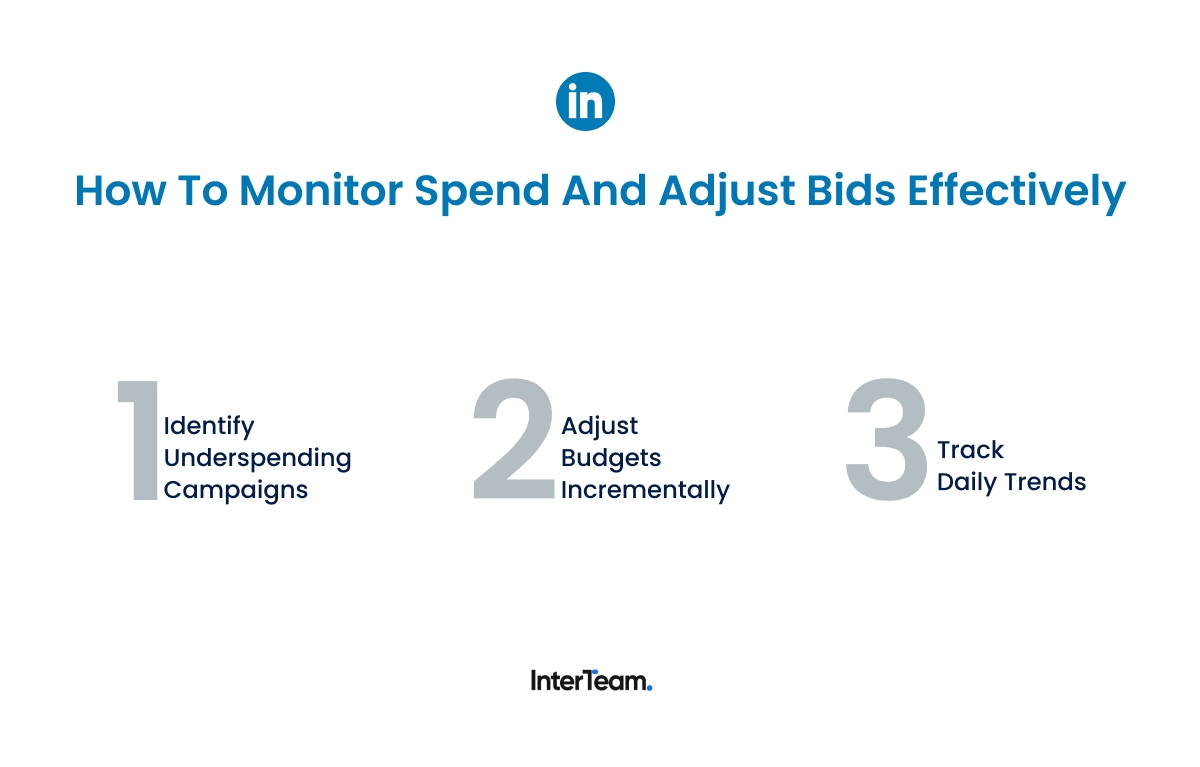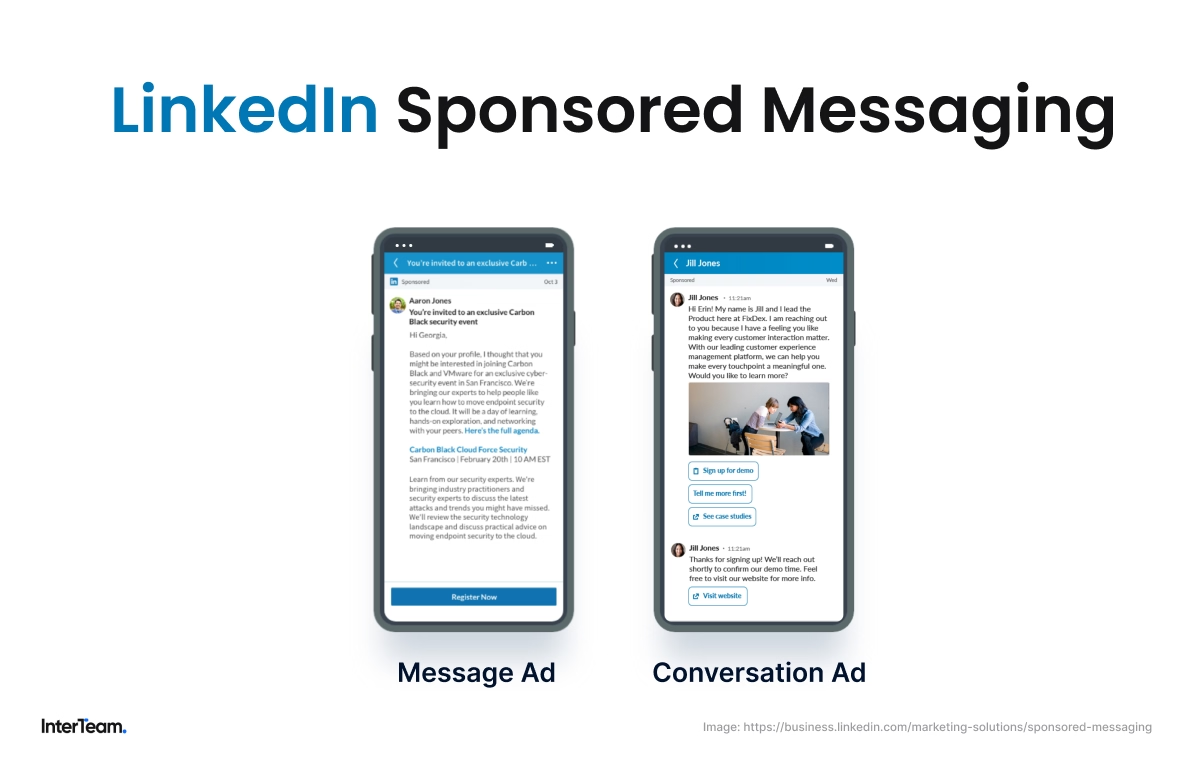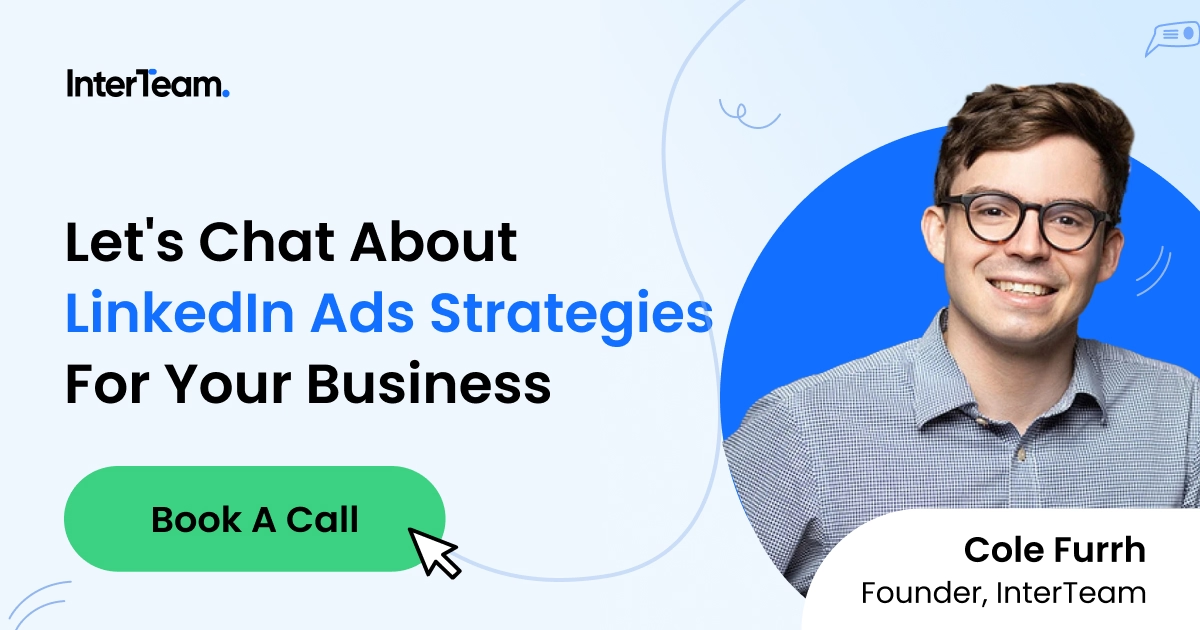Manual vs Automated Bidding: A Guide to LinkedIn Bidding Strategies

Four out of five LinkedIn users are in positions to make business decisions. And with more than 310 million monthly active users, it remains the go-to platform for reaching professionals through B2B advertising.
The problem is that access to these high-intent audiences comes at a cost. LinkedIn's CPCs are often much higher than you would see on platforms like Facebook or Reddit.
That shouldn’t deter you from running ads, but it does mean you need to take greater control over your budget.
In this guide, we break down the different LinkedIn bidding strategies, explain why they matter, and share a few practical tips to help attract high-quality leads without overspending.
Understanding LinkedIn Bidding Strategies
On LinkedIn and any other PPC platform, your bidding strategy controls how you pay for impressions, clicks, or conversions. It directly impacts your cost per lead (CPL), and choosing the wrong bid type can lead to several issues, including underspending, wasted impressions, or inflated CPCs.
In short, your bidding strategy plays a big role in how efficiently your LinkedIn Ad campaigns perform.
The platform gives you three main bidding options:
- Maximum Delivery Bidding: A fully automated bidding strategy where LinkedIn's system sets the bid.
- Cost Cap Bidding: A semi-automated strategy where the user sets their cost per key result, but LinkedIn sets the bid.
- Manual Bidding: A full control strategy that allows the user to set their maximum cost per click (CPC).

Keep in mind that bidding strategies can be applied at either the campaign (formerly campaign group) or ad set (formerly campaign) level. If you apply them at the ad set level, you’ll need to set a campaign objective and campaign budget, which will apply to all ads within that group.
At InterTeam, we believe control is power and that the more control you have, the more powerful your campaigns will be. But that's not to say automated strategies don’t have their benefits.
Below, we look at each strategy, when to use it, and best practices for getting the most return from your budget.
The 3 Types of LinkedIn Bidding Strategies
Before choosing which bidding strategy is the best fit for your campaign, you need to understand what they are. LinkedIn's bidding strategies each offer a unique approach, including the way the platform charges you for running ads.
Here is a closer look.
1. Maximum Delivery (Automated Bidding)
Maximum Delivery is LinkedIn's most automated bidding option. It prioritizes spending your full budget to maximize delivery volume.
But unlike manual bidding options that use CPC, Maximum Delivery campaigns operate on a pay-per-impression (CPM) basis. This means you pay every time someone sees your ad, not when they click.
When it comes to advertising, someone seeing your ad is nowhere near as valuable as someone who actually clicks through, since there’s no indication of purchase intent.
That's why, when running A/B tests on LinkedIn, you always want to look at conversions or clicks over impressions.

Still, Maximum Delivery bidding can be a great option for awareness campaigns where your goal is to increase visibility. But if you’re focused on improving conversion rates or lowering CPLs, a more manual approach is usually the better fit.
2. Manual Bidding (Cost Per Click)
Manual Bidding is a completely hands-on approach. Users set the maximum bid they are willing to pay per click, and the system stays within that limit in the ad auction.
This bidding strategy requires regular monitoring to be effective, but the control is worth the effort.
Some of the benefits that come with manual bidding include:
- A strict CPC approach that lets you pay for actions, not impressions
- Full control over costs to prevent overspending
- Tighter control over CPL and qualified engagement
The biggest drawback with manual bidding is that it often doesn’t spend your full budget. As a result, it requires consistent monitoring to maintain efficiency.
Because of that, manual bidding is best suited for advertisers with some experience on LinkedIn who are ready to take more control over their spending and management.
3. Cost Cap (Target CPA Bidding)
Cost Cap bidding is a semi-automated bidding strategy that lets the user assign a target cost per action (CPA) while allowing LinkedIn's system to set the actual bid. This bidding type is only available for ads that use LinkedIn’s native Lead Gen Form.
The advantage of Cost Cap bidding is that you decide the key action, with current bid type options including:
- Cost Per Click (CPC)
- Cost Per Mille (CPM)
- Cost Per View (CPV)
- Cost Per Lead (CPL)
For example, if your campaign objective is to generate leads, you would assign CPL as your key action and set the maximum amount you’re willing to pay for a single lead.
Keep in mind that the budget you set for a Cost Cap campaign is an average. The actual cost per action will fluctuate, sometimes slightly above or below your target value, especially in the early stages when LinkedIn’s automated system is still learning.
Because it relies on past data to optimize its bids, Cost Cap bidding is best used to scale stable campaigns that already have consistent conversion data.
How to Monitor Spend and Adjust Bids Effectively
At InterTeam, we always suggest using manual bidding. But if you’re going to take this hands-on approach, you need to know how to monitor your spend and adjust your bids to get the most out of your budget.
Below is our three-step process for maintaining budget efficiency.

Step 1: Identify Underspending Campaigns
Start by heading into Campaign Manager and filtering for a recent active day.
From there, underspending campaigns should be easy to spot. Simply compare total spend against your daily budget. If the value is significantly lower, your bids are likely set too low to compete in the auction.
Step 2: Adjust Budgets Incrementally
Once you've identified your underspending campaigns, you then want to start adjusting your bids. But increasing too quickly will lead to wasted spending.
Instead, you want to take an incremental approach. If you started with a bid of $30 CPC, try upping it to $50. If after a couple of days it's still too low, push it up to $60.
By adjusting gradually, you’ll get the most visibility out of your budget at the best value.
Step 3: Track Daily Trends
Setting your bids isn’t a one-time task. You need to review your bids over several days to see whether underdelivery is a consistent problem or just a one-off.
If your average spend stays around 60% or less of your daily budget, it’s time to increase your bids.
Continue this pattern of checking and raising bids until all of your campaigns regularly hit 90-100% of your budget.
When and How to Adjust Targeting to Improve Spend
If you’ve adjusted your bids and are still struggling to hit your daily campaign budget, the issue may be with your audience targeting.
Head into your campaign’s audience settings and look for opportunities to slightly expand your targeting without sacrificing lead quality.

Some steps you can take to improve targeting include:
- Adding new relevant job titles or functions
- Simplifying exclusion lists
- Updating retargeting filters that may be restricting spend
- Replacing long retargeting windows with shorter ones
If you’ve applied the steps above and are still seeing limited delivery, it may simply come down to your industry. Some verticals are highly competitive and require higher bids to compete effectively.
Manual Bidding for Conversation Ads
LinkedIn provides several different ad formats, each of which benefits from different bidding approaches. If you need a review of the different formats, you can check out our Complete Guide to the Different LinkedIn Ad Types.
The process we've detailed above works great for Sponsored Content. But Sponsored Message Ads, and Conversation Ads in particular, require a slightly different approach.

These ad formats use a manual cost per send (CPS) bidding strategy. As such, bids tend to be lower than Sponsored Content Ads. We start these bids at about $0.40 to $0.60 per send.
From there, you can apply the same bidding review process used for regular CPC campaigns to optimize your bids for deliverability.
LinkedIn Bidding Strategy Best Practices
Figuring out LinkedIn's bidding options takes some trial and error. But after running thousands of campaigns, our LinkedIn Ads Agency has put together a few tips on how to get it right the first time:
- Stick to manual CPC bidding for full control and cost efficiency
- Monitor campaigns daily (or at least three times a week) to ensure consistent spending
- Increase bids incrementally (5-10%) to avoid overshooting CPCs
- Test Cost Cap bidding only when you have sufficient conversion data
- Monitor audience size, CTR trends, and exclusions alongside bidding adjustments

Following these simple tips and maintaining a consistent bid review process goes a long way in maintaining deliverability without inflating CPL or sacrificing lead quality.
Ready to Improve Your LinkedIn Ad Performance?
LinkedIn's automated bidding strategies are helpful when you are just getting started on the platform.
But if you want to bring your advertising campaigns to the next level, you need to get serious about manual bidding, and you need a dedicated team with the experience and knowledge to monitor, adjust, and optimize your ads.
At InterTeam, we've managed thousands of campaigns and helped dozens of clients reduce CPLs and drive revenue through better targeting and smart bidding.

Schedule a free strategy call and let's optimize your bidding strategy together.
FAQs
Template question
Template text answer






